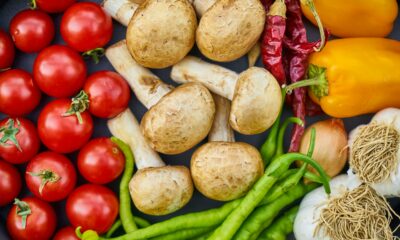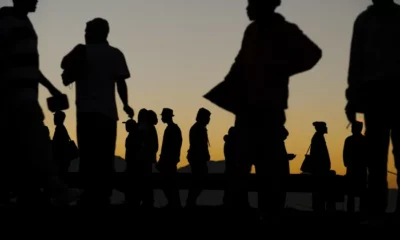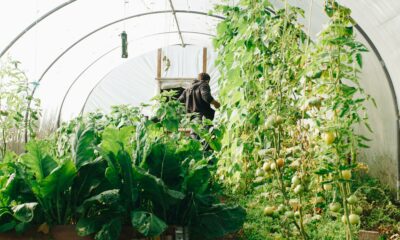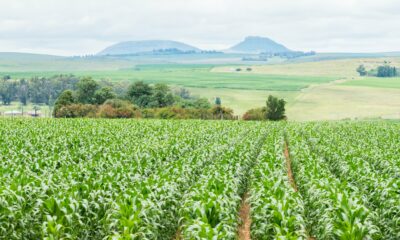News
Partial Poultry Relief: South Africa Eases Brazil Ban, but Biosecurity Fears Remain
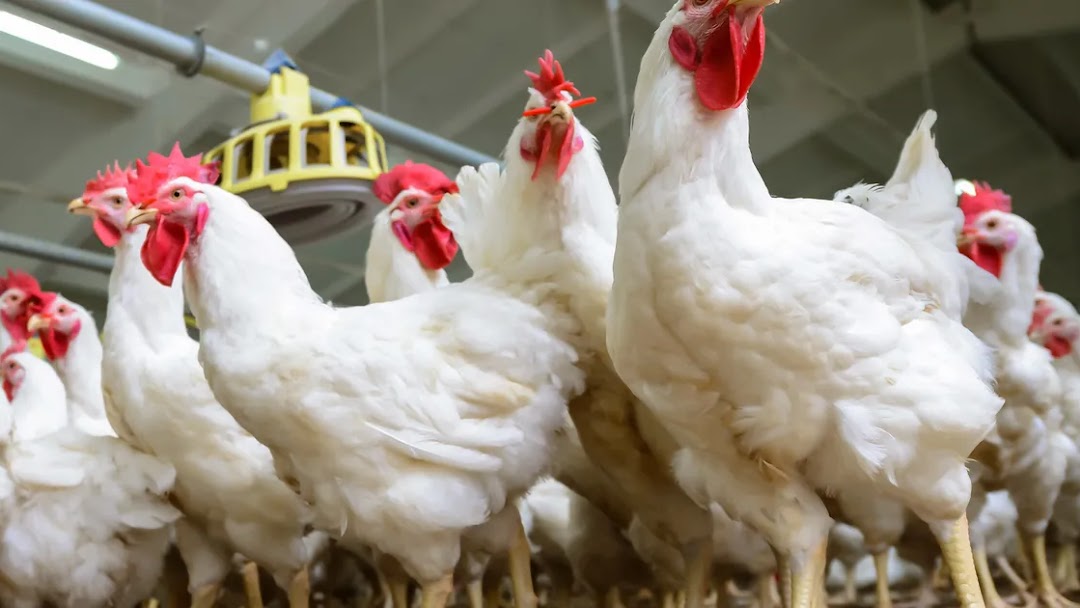
After weeks of pressure and food insecurity warnings, the government has partially lifted its poultry import ban from Brazil, but the decision comes with lingering concerns over disease prevention.
South Africa’s partial lifting of a poultry import ban from Brazil has been welcomed by food producers and struggling households alike, as the country grapples with hunger and mounting food insecurity. Yet behind the sighs of relief, industry experts are warning: the biosecurity risks that prompted the ban in the first place haven’t gone anywhere.
A Crisis Interrupted: 100 Million Meals Lost Per Week
The ban, originally imposed in May 2025, followed the detection of highly pathogenic avian influenza (bird flu) in Brazil’s Rio Grande do Sul region. In response, the Department of Agriculture suspended all poultry imports from the country — which accounts for 95% of South Africa’s mechanically deboned meat (MDM) supply.
The fallout was immediate. MDM is the protein backbone of budget staples like polony, Viennas, and sausages foods relied on by school feeding schemes and low-income households across South Africa.
“Over 100 million meals per week were lost during the ban,” said Georg Southey, manager at Merlog Foods. “We were staring down the barrel of a national food affordability crisis.”
A Welcome But Cautious Reopening
In June 2025, under growing pressure from the food manufacturing sector, the Department of Agriculture introduced a partial lifting of the ban. Poultry imports from all Brazilian states except Rio Grande do Sul would now be permitted, using a regionalisation approach to disease control — a strategy widely used internationally to limit blanket trade disruptions.
“The department’s response was timely,” said Southey, “and their collaboration with Brazilian authorities was commendable. But we must learn from how long it took — in a food crisis, every week counts.”
Francois Rossouw, CEO of the Southern African Agricultural Initiative, agreed. “This marks a much-needed shift toward a science-based, internationally aligned model of managing animal health risks. Regionalisation is the global standard.”
The Biosecurity Dilemma
Still, some experts remain uneasy. The original ban was imposed out of genuine fear that bird flu could spread via imported poultry products and the regional protocol, while more flexible, still carries risk.
South Africa has its own poultry sector to protect. An outbreak here could devastate the fragile local industry, which is already battling load-shedding, high feed costs, and economic pressure.
Public health observers have warned that South Africa’s border biosecurity systems are underfunded, leaving the country vulnerable to animal-borne diseases entering through ports and airports. Others worry that lifting the ban too quickly could create a false sense of safety.
“This is a balancing act,” one food safety expert noted. “On one hand, you have millions of people who need affordable protein today. On the other, you’re gambling with a disease that could wipe out poultry farms tomorrow.”
What Happens Next?
The Department of Agriculture says it will closely monitor all imports from Brazil and enforce strict certification standards. But even with the ban lifted, it could take weeks before supply chains normalise.
And while major producers like Eskort or Merlog have managed to weather the storm, smaller processors and retailers are still in trouble.
As for South African consumers, the partial relief might bring some stability to prices of polony and processed meats, but it’s unlikely to undo the recent spikes completely.
The Bigger Picture: Resilience or Risk?
This episode has exposed the fragility of South Africa’s food security system, especially when so much of our diet depends on one foreign supplier. It also underlines the urgency of building local capacity for MDM production, which currently does not exist at commercial scale.
While the partial lifting of the poultry ban offers short-term relief, long-term solutions will require investment in:
-
Local poultry processing infrastructure
-
Stronger disease detection and response systems
-
Diversified import sources
For now, South Africa is walking a tightrope, between feeding its people today and protecting its agriculture tomorrow.
The question is: how many times can we afford to dance this line before something snaps?
Chicken Crunch: South Africa Still Faces Food Shortage Despite Partial Import Ban Lift
{Source: The Citizen}
Follow Joburg ETC on Facebook, Twitter , TikTok and Instagram
For more News in Johannesburg, visit joburgetc.com

